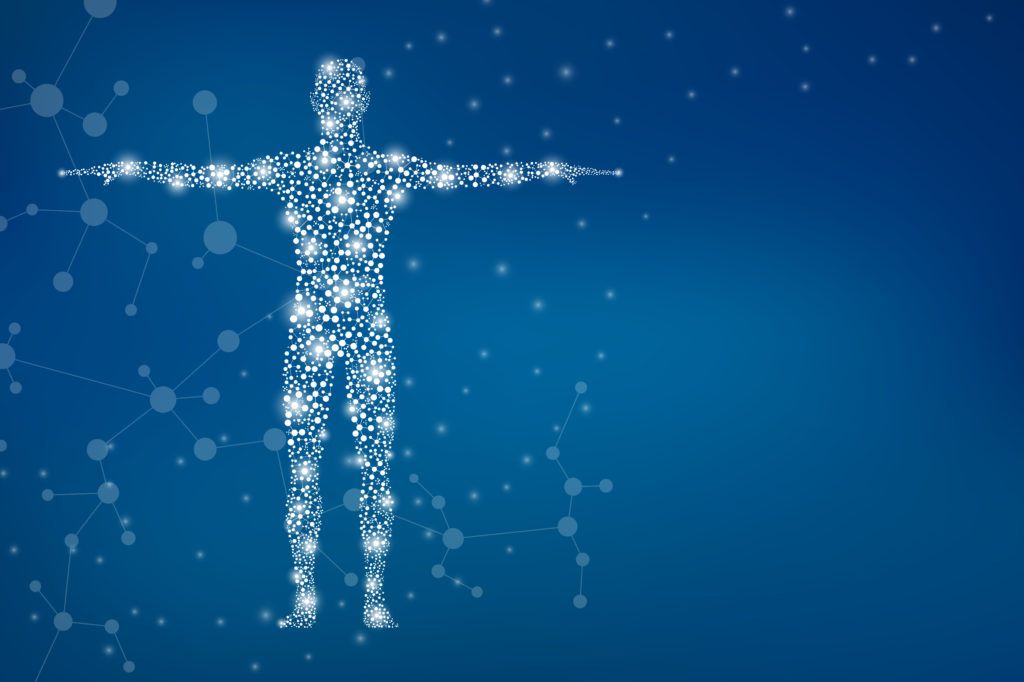
Kratom is a species of tree known scientifically as Mitragynia speciosa that grows in Southeast Asia and Africa.1 There are over 40 compounds in kratom leaves.2 Some are biologically active, some are not, and the activity of dozens of them is unknown.
Mitragynine (MG) is the primary indole alkaloid in kratom. Studies have shown that it may alleviate pain and aid in reducing alcohol and opioid dependence. The mechanisms for these actions are thought to be mediated through the mu, delta, and kappa opioid receptors.3,4 MG also has an affinity for several other receptor types that may be involved in its effects. These include dopamine D2, 5-HT2C, and 5-HT7.5
A 2020 study by Foss et al. published in Drug and Alcohol Dependence examined the effects of MG on chemotherapy-induced neuropathic pain in rats.6 The authors noted that drugs targeting and enhancing adrenergic receptor transmission are often prescribed first for patients with neuropathic pain. From this, they tested whether MG reduced neuropathic pain via activation of α-adrenoceptors (a category of adrenergic receptors).
Study Design
To study the effects of MG doses on pain, male rats were divided into groups of eight individuals. They were injected with the cancer medication oxaliplatin, which causes a condition called allodynia. Twenty-four hours later, the rats then received a fixed intraperitoneal (IP) dose of MG at 0, 1, 5, or 10 mg/kg for five days. The allodynia each rat experienced was quantified on days 2 and 5 by measuring their paw withdrawal threshold using Von Frey filaments.
Three antagonists were employed to understand the receptor mechanisms involved in pain relief. Additional groups of 12-16 rats received the following fixed IP doses for six days:
- 5 mg/kg MG + 5 mg/kg yohimbine, an α2-adrenoceptor antagonist
- 5 mg/kg MG + 5 mg/kg prazosin, an α1-adrenoceptor antagonist
- 5 mg/kg MG + 5 mg/kg naltrexone, an opioid antagonist
The mechanical sensitivity of the rats was tested on days 2 and 5 using the Von Frey filaments. An additional test was done on the day after cessation of treatment, day 7.
Finally, the researchers tested the effect of MG on the locomotor activity of rats using an activity chamber. Groups of seven individuals were given 0, 1, 5, 10, or 30 mg/kg IP, and their activity measured for 30 minutes.
Effects of Treatment with MG
Effects on Pain Relief
The data showed that MG reduced the chemotherapy-induced pain in the rats in a dose-dependent manner. Compared to the controls, 10 mg/kg MG reduced the allodynia on days 2 and 5. On day 5, the 5 mg/kg dose of MG also reduced the oxaliplatin-induced allodynia. The 1 mg/kg dose produced a minimal effect on days 2 and 5 compared to the control.
Receptor Mechanisms
The allodynia produced by oxaliplatin was reduced by MG. The addition of the antagonists Yohimbe, prazosin, and naltrexone caused significant suppression of MG’s ability to relieve the oxaliplatin-induced pain. These results indicate that MG works to reduce neuropathic pain via activation of α-adrenoreceptors. The authors also suggest that the pain relief was “at least partially dependent on opioid receptor activity,” which is consistent with the published literature.
Effects on Locomotor Activity
The doses of 1-10 mg/kg of MG did not produce a change in the rat’s locomotor activity. However, the highest 30 mg/kg dose produced a modest but significant increase in activity 10 and 15 minutes after injection. The authors stated that these data did not agree with previous studies published in the literature. They hypothesized this could be because they only recorded the locomotor activity for 30 minutes.
Summary
Overall, the results of this study indicate that MG was effective in relieving chemotherapy-induced neuropathic pain. This effect was inhibited by an α2-adrenoceptor antagonist and reduced by an α1-adrenoceptor antagonist. However, the underlying mechanisms causing these effects remain unclear. The authors hypothesized some possible mechanisms by saying,
For effects observed here with MG, multiple mechanisms are possible, including direct activation of α-adrenoceptors, as well as indirect activation, through processes such as inhibition of norepinephrine reuptake or catabolism (e.g. blockade of monoamine oxidase or catechol-O-methyltransferase).
